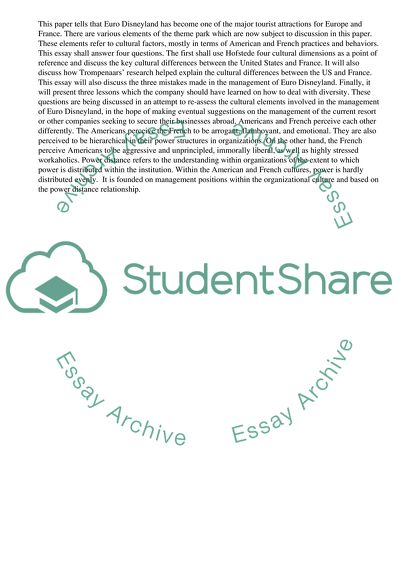Cite this document
(“Cultural Factors of Euro Disneyland In Terms Of American and French Essay”, n.d.)
Retrieved from https://studentshare.org/management/1614673-on-the-eurodisneyland-given-please-answer-the-4-questions
Retrieved from https://studentshare.org/management/1614673-on-the-eurodisneyland-given-please-answer-the-4-questions
(Cultural Factors of Euro Disneyland In Terms Of American and French Essay)
https://studentshare.org/management/1614673-on-the-eurodisneyland-given-please-answer-the-4-questions.
https://studentshare.org/management/1614673-on-the-eurodisneyland-given-please-answer-the-4-questions.
“Cultural Factors of Euro Disneyland In Terms Of American and French Essay”, n.d. https://studentshare.org/management/1614673-on-the-eurodisneyland-given-please-answer-the-4-questions.


